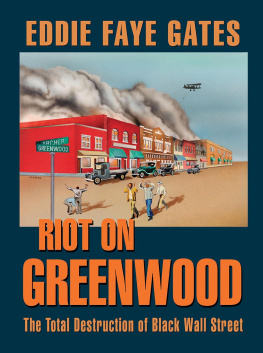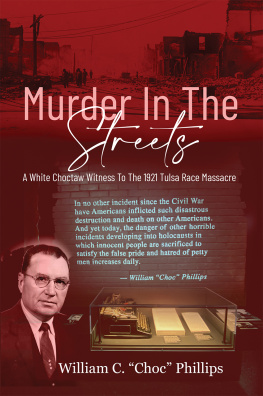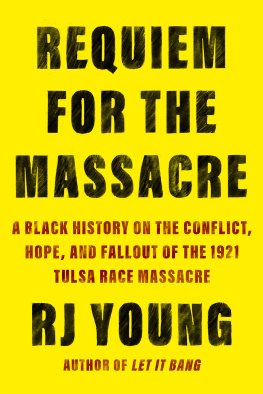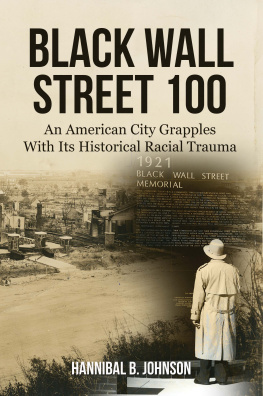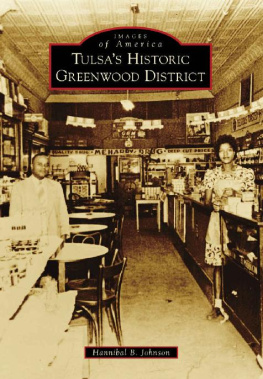
The author and publisher have provided this e-book to you for your personal use only. You may not make this e-book publicly available in any way. Copyright infringement is against the law. If you believe the copy of this e-book you are reading infringes on the authors copyright, please notify the publisher at: us.macmillanusa.com/piracy.
CONTENTS
P ROLOGUE :
THIS BOOK IS LOVINGLY DEDICATED TO MY PARENTS, MYKE AND LOIS MADIGAN, FOR WHO THEY ARE, ALL THEYVE DONE, AND ALL THEY CONTINUE TO DO.
AND TO THEIR SECOND SON, STEVE, WHO TEACHES US STILL
ACKNOWLEDGMENTS
One afternoon early in this work, my brother, Steve, asked this question: When would I know when to end my book research and begin the process of writing? I thought for a second, then replied, saying something to the effect that When youve done this sort of thing for a while, you just know. A look of relief and understanding crossed his face when I answered, which surprised me because it seemed to be such a small point. But looking back, I think he saw in that discussion a metaphor for the much more profound transition then awaiting him. When was it time to stop fighting the tumor that had taken away the use of his legs? When was it time to let go? Yeah, Steve said that day in his hospital bed. You just know.
And Steve knew. I know of no other person who faced the end of his life with more courage, grace, and wisdom than he. I was among his loved ones who held his hand on the sunny morning of August 3, 2000, when he passed from this life, and Steve has been holding my hand, almost literally, ever since, sustaining and inspiring me as I worked to complete this book. He is greatly loved and greatly missed.
Now back to the beginning. Julie Heaberlin, my editor in the features department of the Fort Worth Star-Telegram, first brought the tragedy of Tulsa to my attention, and assigned me to do a piece about the burning for the newspaper. Thus this journey began. It is fitting that it should have begun with Julie, for she is my friend, and it has been my great good fortune to work with her for several years. The support of colleagues in the features department has also meant much. For more than a decade, Star-Telegram editor Jim Witt has been a friend, mentor, and advocate. I thank him for his support on this book, and everything he has done for me in the years before. Bob Ray Sanders is a friend, mentor, and hero who has helped inspire my own awakening about race, and shared the journey of this book, as did Star-Telegram photographer Jill Johnson. Star-Telegram book editor Jeff Guinn was unfailingly generous with his advice and assistance.
Dallas literary agent Jim Donovan was the first to envision my newspaper piece as the basis for a larger work. In the months afterward, Jim guided me through uncharted waters with his advice, support, editing, and slightly warped sense of humor. Hes a buddy now, and you cant have too many of those. Im also grateful to agent B. J. Robbins, who worked with Jim to make this book a reality. My editor at Thomas Dunne Books, Peter Wolverton, signed on early, and shared my belief that this could be both a good book and an important one. I thank him for his editorial wisdom, and all the encouraging notes via e-mail that kept me moving forward. Writer friend Carlton Stowers, who has appointed himself my literary guardian angel, also had a role in getting this project off the ground, but will never admit to what it was.
It was my cosmic good fortune that this work would take me to Tulsa, where two of my dearest and oldest friends from my Minnesota childhood, Joel and Leslye Rood, had come to reside. During my trips to Tulsa, the Roods put me up in their guestroom, allowed me to raid the refrigerator, enthusiastically supported this work, and shared my grief over the loss of Steve. To their children, Timmy and Anneke, I was the snortle monster, but thats another story.
My thanks once again to survivors Otis Clark, George Monroe, Eldoris Ector McCondichie, Veneice Sims, and Wilhelmina Guess Howell, living examples of grace and forgiveness, and to the white witnesses who were so generous with their time and memories, Philip Rhees, Clyde Eddy, Lee Cisco, Richard Gary, and Margaret Anderson. This is the appropriate place to add a special salute to Eddie Faye Gates, who has befriended so many of these elderly people, and always kept their best interests at heart.
Let me reiterate my gratitude to Oklahoma state representative Don Ross, Scott Ellsworth, Paul Lee, Dick Warner, and Ed Wheeler, who know this story better than anyone, and who I now call my friends. It was always a delight for me to talk to Roxanne Blystone in Dons office in the Oklahoma capital and to Frances Jordan, executive administrator of the Greenwood Cultural Center in Tulsa. Mary Warner, Dicks wife, was always gracious and accommodating on the several occasions I invaded her home. And a special thanks to Ruth Sigler Avery, whose heroic efforts to unearth and preserve the truth informs so many of these pages.
I always looked forward to my time in the Special Collections Department of the University of Tulsas McFarlin Library, not only for the wealth of information there, but for the good nature and professionalism of Lori Curtis, the head of the department, Lisa Inman, and Milissa Burkart. Randy Kreihbel and Wayne Greene at the Tulsa World were also of tremendous help to me, and always took time from their own assignments to return my telephone calls and answer my questions. My additional thanks to the staff of the Tulsa Public Library, and Tulsa Historical Society.
I also owe a debt to the following: Beryl Ford, Jack Adams, Don Adams, Obera Mann Smith, John D. Mann, Nancy Little, Jenkins Lloyd Jones and Jenkins Lloyd Jones, Jr., Hannibal Johnson, Sherri Carriere of the Tulsa County Sheriffs Department, Red Phelps, Bob Hower, Alfred Brophy, and Ron Trekell.
Finally, there are no words to describe my love and gratitude for friends and family who shared these extraordinary months of my life. Chris and Kelly Molloy, Edmund Schenecker, Norval and Susan Kneten, all my good friends at Rivercrest, Dick and Janice Lord, Jim and Kathy Larsen, John and Cheri Seabers, Uncles Gordy and Vernon and their families, Mike, Patty, Carrie and Rob McMahon, Andy Martin, and Fred Rogers are all pilgrims on the same trek. They share this destination with me. A note to my players on the Wild: You guys helped me keep my sanity. It was a joy and privilege to be your coach.
As Steves disease progressed, he urged those of us who loved him most to join hands and fight for life. My sisters Chris Madigan and Terri ONeill, joined the battle, as did brothers Mike, Pat and Kelly, as well as their families and so many of their friends. Steves wife, Cally, was the first among us to fight, with Steves sons, Tim and Tyler, who are wonderful boys. Their dad is very proud of them, I know. My mother and father, Myke and Lois Madigan, inspired us all with their love, courage, stamina, and faith. This book is dedicated to them, and to Steve.
My life is dedicated to my wife, Catherine, and to my children, Melanie and Patrick. Their great sacrifices that made this book possible were made cheerfully. I know of no man who has a sweeter existence than I. They are the reason.
AUTHORS NOTE
I was oblivious to Tulsas historic nightmare until that day in the winter of 2000 when Julie Heaberlin, my editor at the Fort Worth Star-Telegram, stopped by my desk in the Features Department. It was then that Julie handed me a copy of a short wire-service story about the Tulsa Race Riot Commission, which had been created a few years before to study a particularly deadly racial outbreak in 1921. As many as three hundred people had been killed in the catastrophe, the wire story said, most of the victims black. A uniquely prosperous community of African Americans, called Greenwoodthirty-five square blocks and literally thousands of homes, businesses, churches, and schoolshad been obliterated by a white mob in Tulsa that numbered in the thousands.


